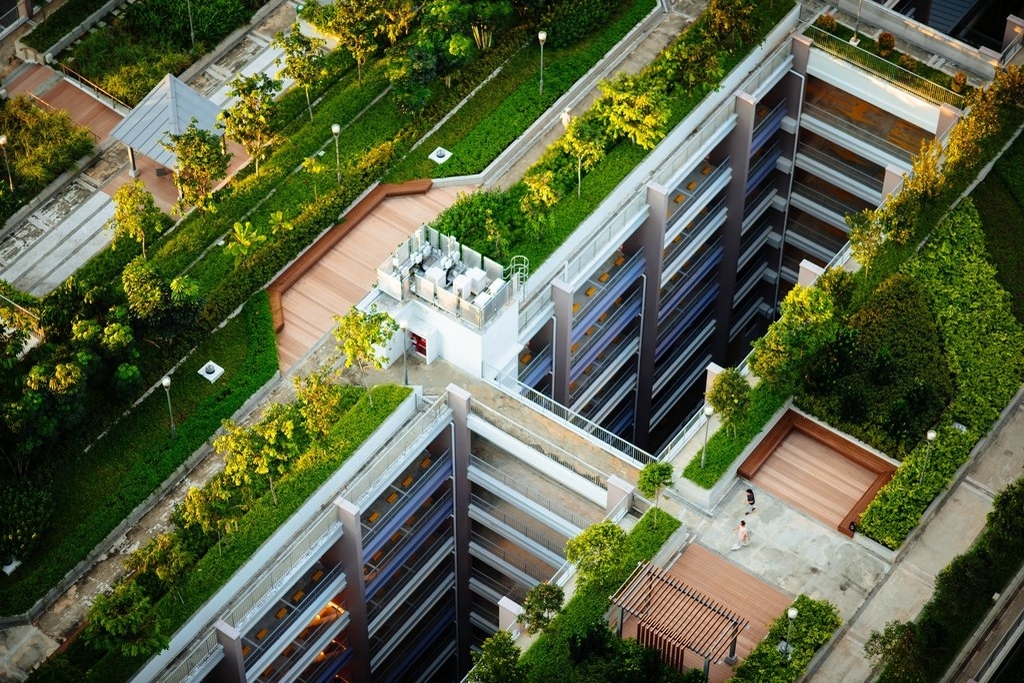7 Easy Facts About City Blooming Explained
7 Easy Facts About City Blooming Explained
Blog Article
Not known Details About City Blooming
Table of ContentsThe Best Guide To City BloomingThings about City BloomingSee This Report on City BloomingLittle Known Facts About City Blooming.The Facts About City Blooming Revealed
Interested in expanding food available for sale in the City of Chicago? Assuming about beginning a neighborhood garden? Adjustments to the Chicago Zoning Ordinance permit farming usages like area yards and urban ranches in numerous parts of the city. Below is a list of frequently asked inquiries relating to the regulations and guidelines that farmers must take into consideration when planning a metropolitan agriculture job.
The zoning modification does not modify any various other codes handling composting, building licenses, purchasing or leasing City owned building, service licenses or environmental contamination. There are existing codes that regulate these concerns and they continue to be completely impact and may apply to your project. Area gardens are normally owned or taken care of by public entities, civic companies or community-based companies and preserved by volunteers.
Urban ranches expand food that is intended to be marketed, either on a nonprofit or for-profit basis. Due to their commercial function, urban farms require an organization certificate.
3 Simple Techniques For City Blooming
Composting is allowed however just for plant material that is created and used on site. The amount of garden compost product can not exceed 25 cubic lawns at any type of offered time according to the standards in 7-28-715 of the City's Municipal Code. Yes. Since the dirt at the majority of brand-new garden sites needs modifying, compost, soil, wood chips, or other materials can be gotten to build or improve the growing area - indoor plants.

If a structure permit is required then the hoophouse will be thought about an accessory building. You can discover more concerning the building authorization demands by speaking to the Department of Buildings. The 25,000-square-foot size limit is intended to avoid a single community garden from dominating an offered block or diminishing the block's existing domestic or industrial personality.
The limit does not apply to yards located in Public Open Space (POS) districts. Can there be more than one area yard that is 25,000 square feet on a solitary block? Fencing is not called for, nevertheless, yards that have huge vehicle parking locations might be needed to set up fence or various other landscaping features.
The Ultimate Guide To City Blooming
B1 & B2 districts require that all commercial usage tasks be conducted inside your home. R areas restrict commercial activity. The regulations show the purpose and intent of the Zoning Code. Is fence needed for metropolitan farms? Yes. Fencings might be required, along with landscape design and screening, for sure car park locations and exterior job or storage locations relying on area and the particular task taking location.
Yes. Urban farms require building authorizations and zoning approvals prior to building and construction. Various other types of city testimonial may be needed depending upon certain structures, tasks, dimension, landscape design, licensing, public heath and stormwater administration problems. A lot of these needs are recognized in the job layout or permitting process, nonetheless, the applicant might be liable to independently determine particular licenses or permits that might be called for.
Yes. The kind of license is figured out by what is taking place at the site. The Division of Service Affairs and Consumer Security can aid determine the certain sort of company certificate that's needed. Yes. Off road parking is needed for the majority of industrial jobs in Chicago. The needed number of vehicle parking areas is based upon the number of workers dealing with website and not the square footage of the expanding area.
The smart Trick of City Blooming That Nobody is Talking About

Yes. An urban ranch can sell garden compost material created on site, nevertheless, the my review here procedure has to follow the policies in 7-28-715 of the Chicago Municipal Code. Yes. Aquaponic systems are permitted inside your home on urban farms in several zoning districts. Nonetheless, a zoning testimonial and building authorization is required in order to install frameworks or systems and a service certificate is needed as described over.
Up to five hives or colonies of honey might be maintained as an accessory usage. Beekeepers must sign up with the Illinois Division of Agriculture. To find out more about the recommended zoning amendment you might call the Department of Real Estate and Economic Development, Bureau of Preparation and Zoning at 312.744.8563.
, which takes area in country locations at the edge of residential areas.
The Only Guide to City Blooming
It can include an activity of natural farmers, "foodies" and "locavores", who seek to form socials media based on a shared principles of nature and neighborhood holism. These networks can develop by means of official institutional support, becoming incorporated into local town as a "shift town" activity for lasting urban growth.
In either instance, the a lot more straight access to fresh veggie, fruit, and meat items that may be know through metropolitan agriculture can enhance food protection and food safety and security while reducing food miles, leading to lower greenhouse gas discharges, consequently adding to climate adjustment mitigation. Some of the initial proof of city agriculture originates from Mesopotamia.
Report this page